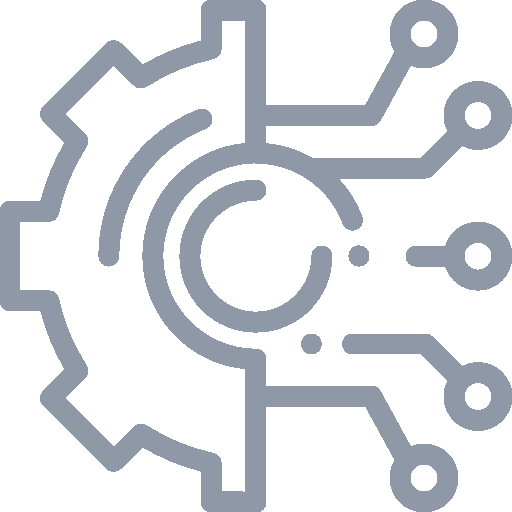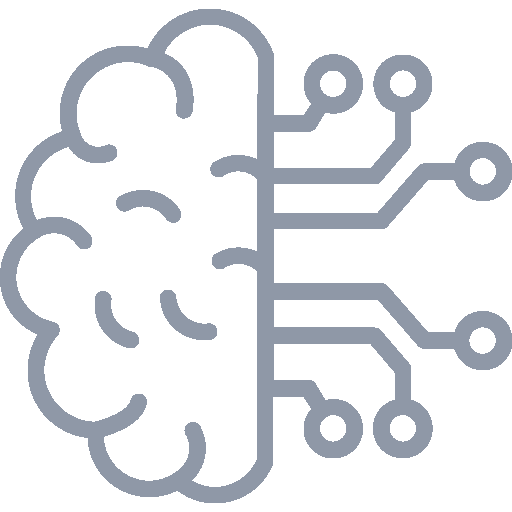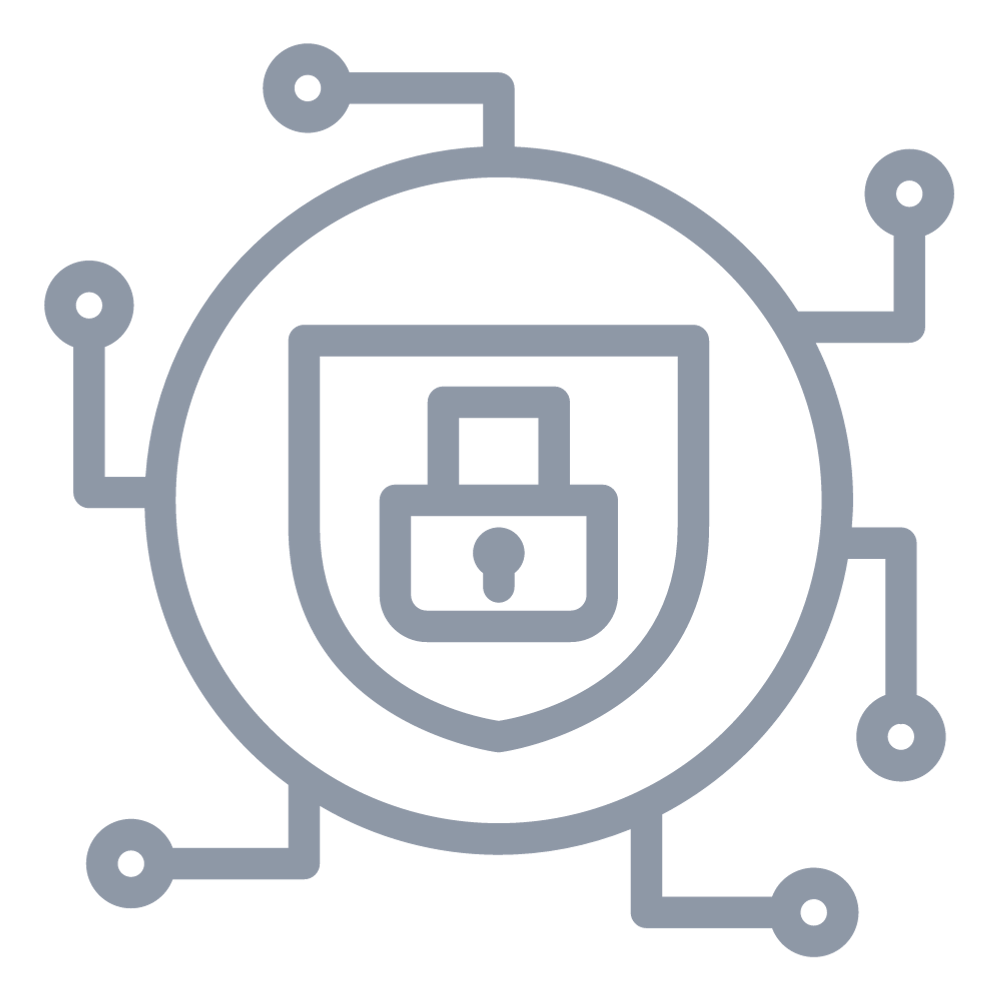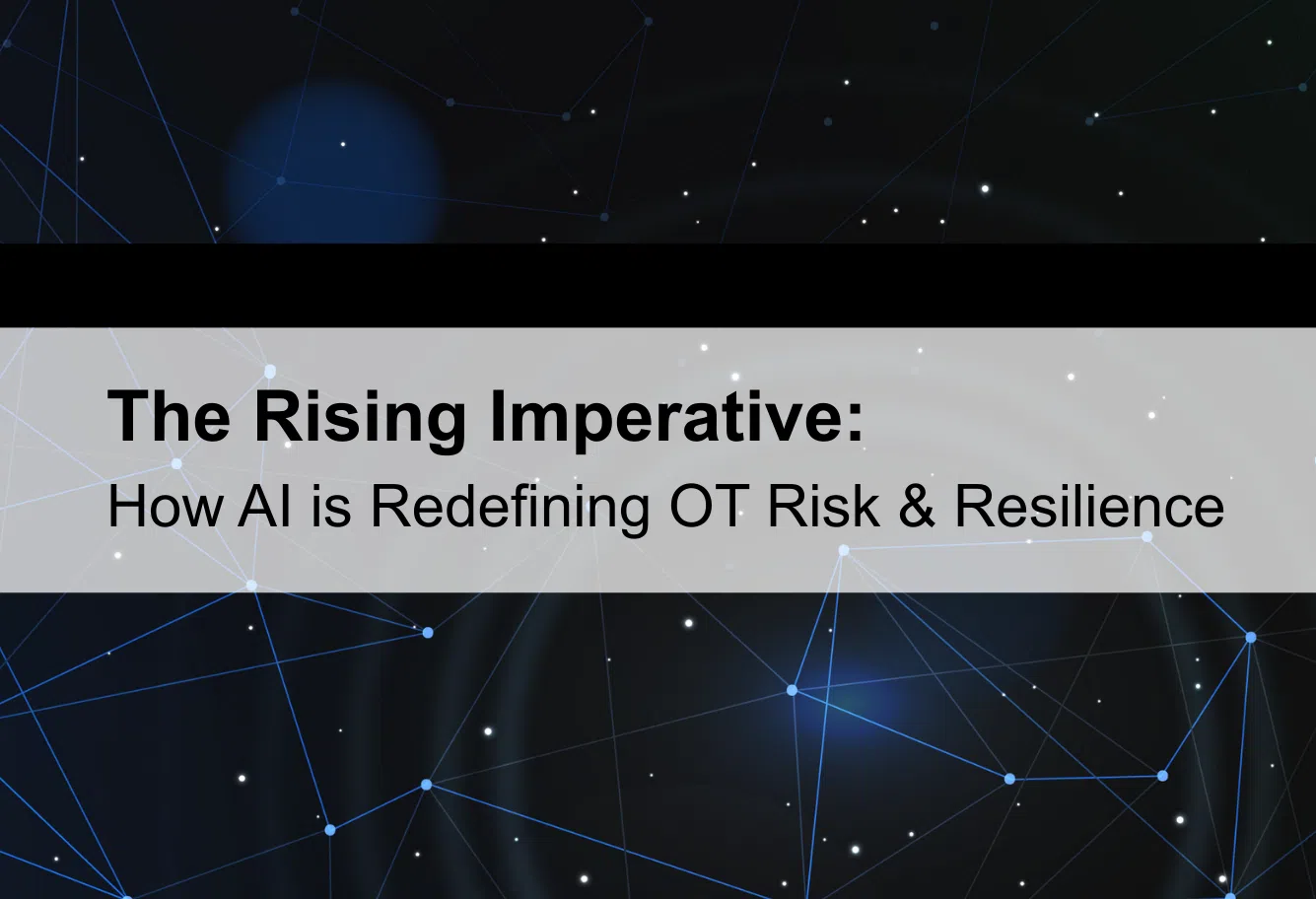In 2025, Operational Technology (OT) environments are no longer edge cases—they’re mission critical. Whether in manufacturing, energy, utilities, or transportation, OT infrastructure underpins essential services and heavy industry. But despite its importance, OT remains one of the weakest links in many organizations’ security posture.
Key Industry Shifts
- Explosive Market Growth:
The global OT security market is expected to grow from about USD 23.5 billion in 2025 to over USD 50 billion by 2030, at a compound annual growth rate (CAGR) of ~16.5%. MarketsandMarkets. Meanwhile, specialized OT-Security AI solutions are also seeing rapid demand—reaching USD 2.67 billion in 2024, with forecasts putting the market close to USD 12.7 billion by 2033. Growth Market Reports
- Regulation & Compliance Pressure:
As governments tighten rules around critical infrastructure, compliance regimes like ISA/IEC 62443, NIS2, and others are demanding more than periodic audits. Continuous compliance and real-time proof are becoming the norm, not optional extras.
- Threat Landscape Escalation:
Legacy OT systems—with minimal security controls—are increasingly exposed. A recent analysis found nearly 70,000 OT devices globally exposed to the public Internet via outdated protocols or unpatched firmware. arXiv. Further, IT-OT convergence amplifies risk: what was once “air-gapped” or isolated is now networked and vulnerable to the same attackers who target IT systems.
- AI as a Strategic Response:
AI isn’t just about detection anymore. It’s about resilience. Anomaly detection, predictive maintenance, automated incident response, and compliance monitoring are all being augmented via Agentic AI—systems that not only flag problems, but can initiate containment, prioritization, and remediation workflows.
“Traditional security tools can’t keep up with modern OT threats. Agentic AI is no longer futuristic—it’s the only way forward.” Niranjan Maka, CEO & Co-founder, SmartHub.ai
What Leaders Must Do
- Invest in OT visibility and monitoring
You cannot protect what you cannot see. That means inventorying legacy equipment, mapping dependencies, and continuously scanning for anomalous behaviour. AI helps here—not just by alerting but by learning – enabling smarter thresholds and fewer false positives.
- Shift from audit-driven compliance to compliance by design
Compliance will increasingly be judged in real time. Leaders who embed compliance into workflows (automate control evidence, leverage continual logging, unify control frameworks) will win trust with regulators and reduce risk.
- Prioritize ROI – not just risk reduction
Security spending needs to prove business value. Reduced downtime, avoided fines, more reliable operations, lower incident response costs—all must feed into the business case. AI can help optimize cost (e.g. by reducing manual oversight, or by enabling proactive maintenance) while boosting resilience.
- Address challenges strategically
- Legacy systems: difficult to patch or monitor.
- Skills gap: OT security and AI skills are scarce.
- False positives / over-alerting: AI models need calibration.
- Ethics & trust: AI decisions, especially in safety-critical OT environments, must be explainable and safe.
Why Now Matters
- With OT security market valuations rising fast, delay means paying more later.
- Threat actors are increasingly targeting critical infrastructure (e.g. supply chains, energy grids). The damage—financial, reputational, physical—can be severe.
- The regulatory environment is shifting: more demands for immediate, evidence-based compliance; less tolerance for periodic, superficial checks.
If you want to move beyond theory and see how organizations are already using AI to build OT resilience, strengthen compliance, detect threats earlier, and drive real ROI, join us for our upcoming panel.
Panel Discussion: AI for OT Resilience – Smarter Detection, Stronger Compliance, Proven ROI
24th September 2025 | 11 AM PDT | 2 PM EDT | 11:30 PM IST
Register here to reserve your seat and gain actionable insights










